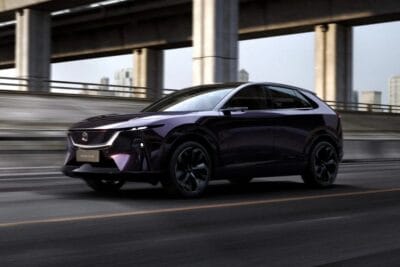Euro 7 regulation clears next hurdle
Once the President of the European Parliament and the President of the EU Council have signed the regulation, it will be published in the Official Journal of the European Union. It will then enter into force 20 days after its publication. It is not yet known how long it will take for the regulation to be signed, but it will likely be a swift process, given the decision-making process.
When precisely the new regulation will apply depends on the vehicle. The EU Council has defined three different categories:
- 30 months for new types of cars and vans, and 42 months for new cars and vans
- 48 months for new types of buses, trucks and trailers, and 60 months for new buses, lorries and trailers
- 30 months for new systems, components, or separate technical units to be fitted in cars and vans and 48 months for those to be fitted in buses, lorries and trailers
Should the regulation come into force on 1 June 2024, for example, the Euro 7 requirements would apply from 1 January 2027 – but then only for “new types of cars and vans,” i.e. for entirely new models that receive type approval for the first time. For models that already have their type approval (or new editions that use the type approval of their predecessor), the requirements will only apply twelve months later. The situation is similar for trucks, buses and trailers: with new type approval, Euro 7 will apply from mid-2028, with existing type approval from mid-2029.
Euro 7 was significantly weakened during the development process. The stricter emissions regulations introduced in the EU Commission’s original proposal from November 2022 are no longer included. That is because when member states presented their position in September 2023, they had considerably weakened it so that Euro 7 does not go beyond the current Euro 6 standard in terms of exhaust emissions. In December 2023, a compromise was reached, which the EU Parliament adopted in mid-March. With the approval of the Council, the decision-making process is now complete.
However, the emissions requirements do not go beyond the values in force since 2014. There are new specifications for the service life of batteries and brake wear. In passenger cars, batteries must still offer 80 per cent of their original capacity after five years or 100,000 kilometres, and 72 per cent after eight years or 160,000 kilometres. For vans, values of 75 and 67 per cent apply. Regarding brake abrasion, the limit values for the emission of brake particles (PM10) for cars and vans are 3 mg/km for purely electric vehicles and 7 mg/km for hybrid and fuel cell vehicles.
In addition, every vehicle with Euro 7 will receive an “Environmental Vehicle Passport” containing information on its environmental performance at the time of registration (e.g. limit values for pollutant emissions, CO2 emissions, fuel and power consumption, electric range, battery life). Vehicle users can also access up-to-date information “about fuel consumption, battery health, pollutant emissions and other relevant information generated by on-board systems and monitors.”





0 Comments